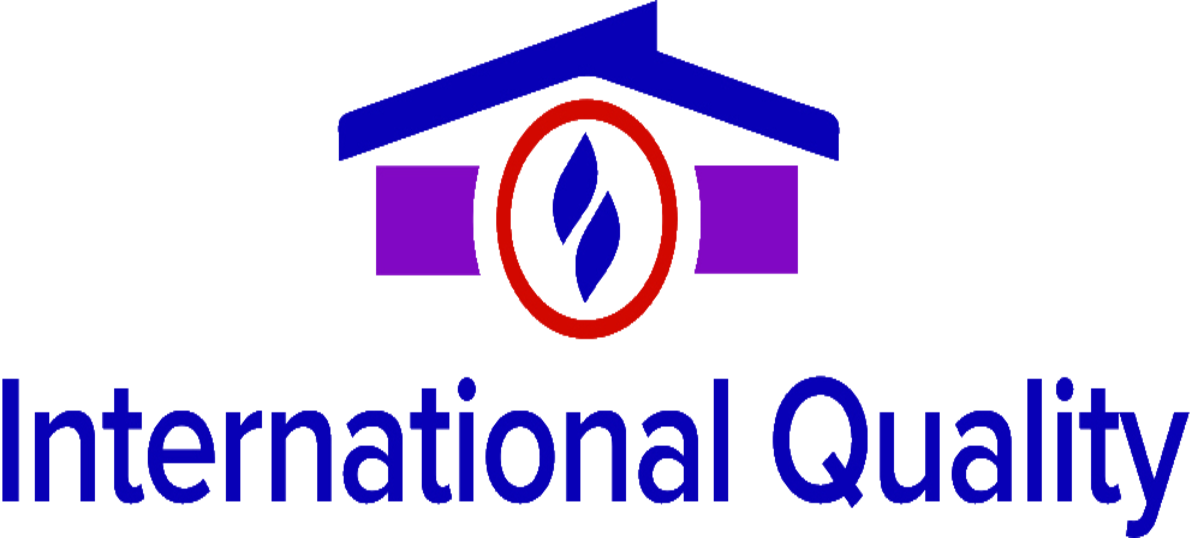The participants were individuals with alcohol use disorders who, at baseline, had not received previous professional treatment for this disorder. These individuals recognized that they had alcohol-related problems and initiated help-seeking, as reflected by an initial contact with the alcoholism treatment system via an Information and Referral (I&R) center or detoxification program. After providing informed consent, 628 eligible individuals completed a baseline inventory described below (for more information about the initial data collection process, see Finney & Moos [41]). Individuals who entered the study had an alcohol use disorder, as determined by one or more substance use problems, dependence symptoms, drinking to intoxication in the past month and/or perception of alcohol abuse as a significant problem. Additional evidence indicates that behavioral measures indicating a reduced sensitivity to rewarding stimuli (i.e., anhedonia) are exaggerated in rats that experience withdrawal from repeated alcohol injections compared with rats tested during withdrawal from a single alcohol injection (Schulteis and Liu 2006).
- These include how long the relapse lasted and how much you were drinking during the relapse.
- In a preliminary study, Grusser and colleagues [78] reported that alcohol cue-induced activation in the putamen (striatum), anterior cingulate, and medial prefrontal cortex was more pronounced in alcoholic patients who subsequently relapsed compared with those who had not.
The first two stages represent a progression away from recovery and toward a full relapse. To avoid relapse after a slip, many people attend support group meetings or therapy sessions. Unlike traditional rehabilitation or Alcoholics Anonymous (AA), Ria Health takes a practical and individual approach to treating AUD. We’re less focused on getting people to stop drinking forever, and more concentrated on helping you reach your personal recovery goals. Find out how many people have alcohol use disorder in the United States across age groups and demographics. Different types of medications may be useful at different stages of treatment to help a patient stop abusing drugs, stay in treatment, and avoid relapse.
Leah McSweeney claims Andy Cohen fuels culture of ‘drug and alcohol abuse’
With respect to race/ethnicity, results for Whites were generally consistent with the full sample, but findings differed for Hispanics and Blacks. For Hispanics, the early adulthood spike in rates of desistance from severe AUD was more time-limited, occurring only during ages 30 to 34 with much lower rates during ages 25 to 29. For Blacks, desistance rates for mild AUD also were relatively stable but were elevated for both moderate AUD (ages 25 to 29 and 30 to 34) and severe AUD (ages 25 to 29). For severe AUD, desistance rates among Blacks were very low during ages 30 to 34.

In a comprehensive analysis using voxel-based morphometry, we examined changes in gray and white matter volume in abstinent, recovering alcoholics compared with controls and assessed whether volume changes predicted time to alcohol relapse and heavy drinking relapse [67]. We found that lower medial frontal cortical and parietal-occipital volumes in recovering alcoholics significantly predicted shorter time to alcohol relapse. According to the National Institute on Alcohol Abuse and Alcoholism (NIAAA), over 15 million American adults have an alcohol use disorder (AUD) at any given time, marked by frequent drinking with the inability to control the amount consumed or stop easily.
Recovery Coaching
When someone in recovery slips by consuming any amount of alcohol, the brain can revert back to how it functioned when the person was abusing alcohol. Relapse doesn’t happen immediately; rather, it is a gradual process that is different for each person. The process of relapse starts weeks alcohol relapse rate and even months before you consume alcohol or ingest drugs into your system.3 Relapse occurs in three stages that include emotional, mental, and physical. Addiction to alcohol can have negative consequences, affecting every aspect of your life including work, school, and relationships.
For this reason, stress can trigger the same brain circuits that were triggered when you sought alcohol in the past. The key is to understand alcohol relapse statistics, know your triggers, and constantly work on ways to avoid a relapse. As with anything, the more you work at it and the longer you work, the better you’ll be at avoiding a potential relapse.
Rates and predictors of relapse after natural and treated remission from alcohol use disorders
SAMHSA’s mission is to lead public health and service delivery efforts that promote mental health, prevent substance misuse, and provide treatments and supports to foster recovery while ensuring equitable access and better outcomes. Overall, the findings reveal that recovery is real and that with a range of holistic, individualized supports, people with mental health and/or substance use conditions can and do overcome these challenges and live productive lives in our communities. When people enter treatment, addiction has often caused serious consequences in their lives, possibly disrupting their health and how they function in their family lives, at work, and in the community. Behavioral therapies help people in drug addiction treatment modify their attitudes and behaviors related to drug use.
